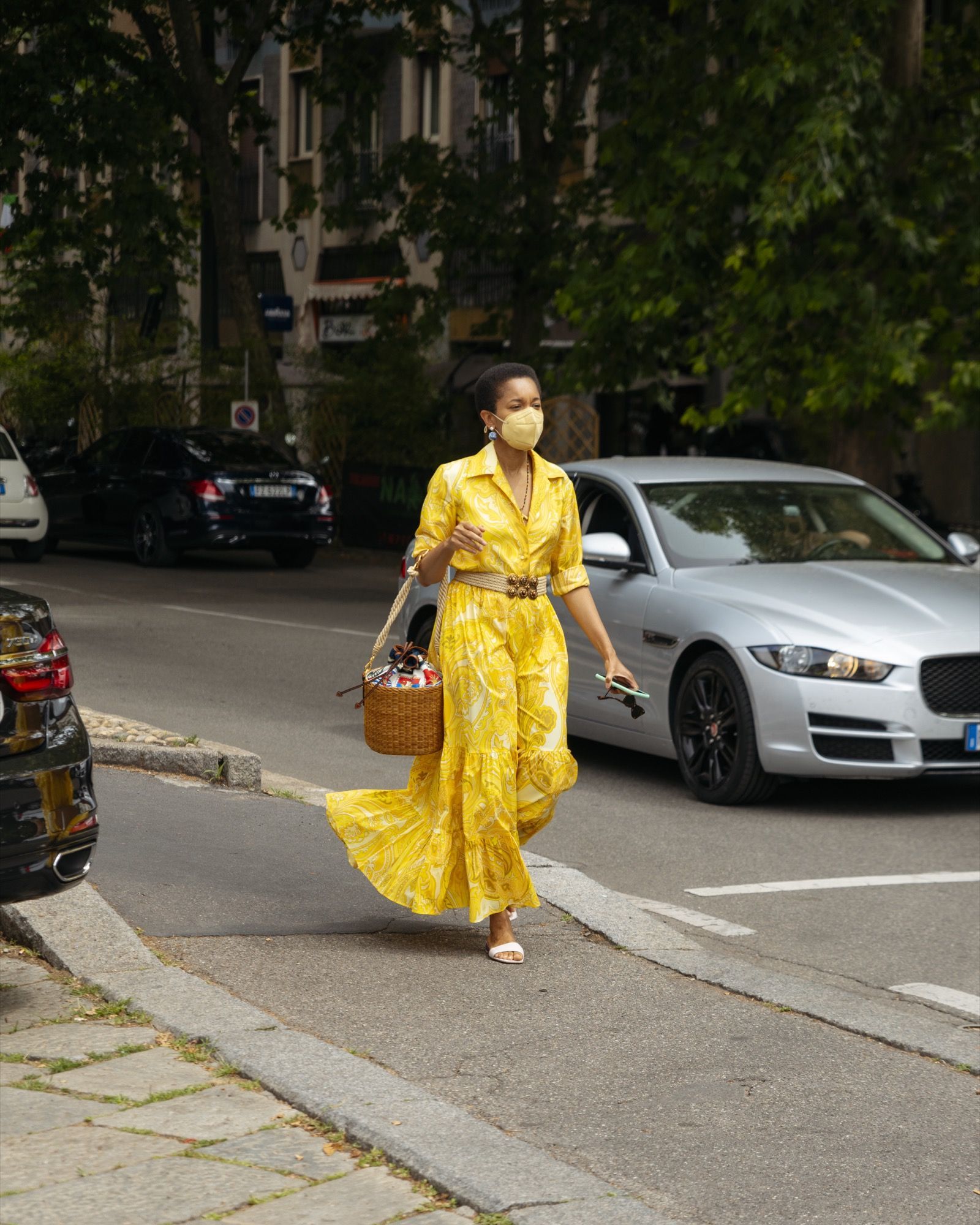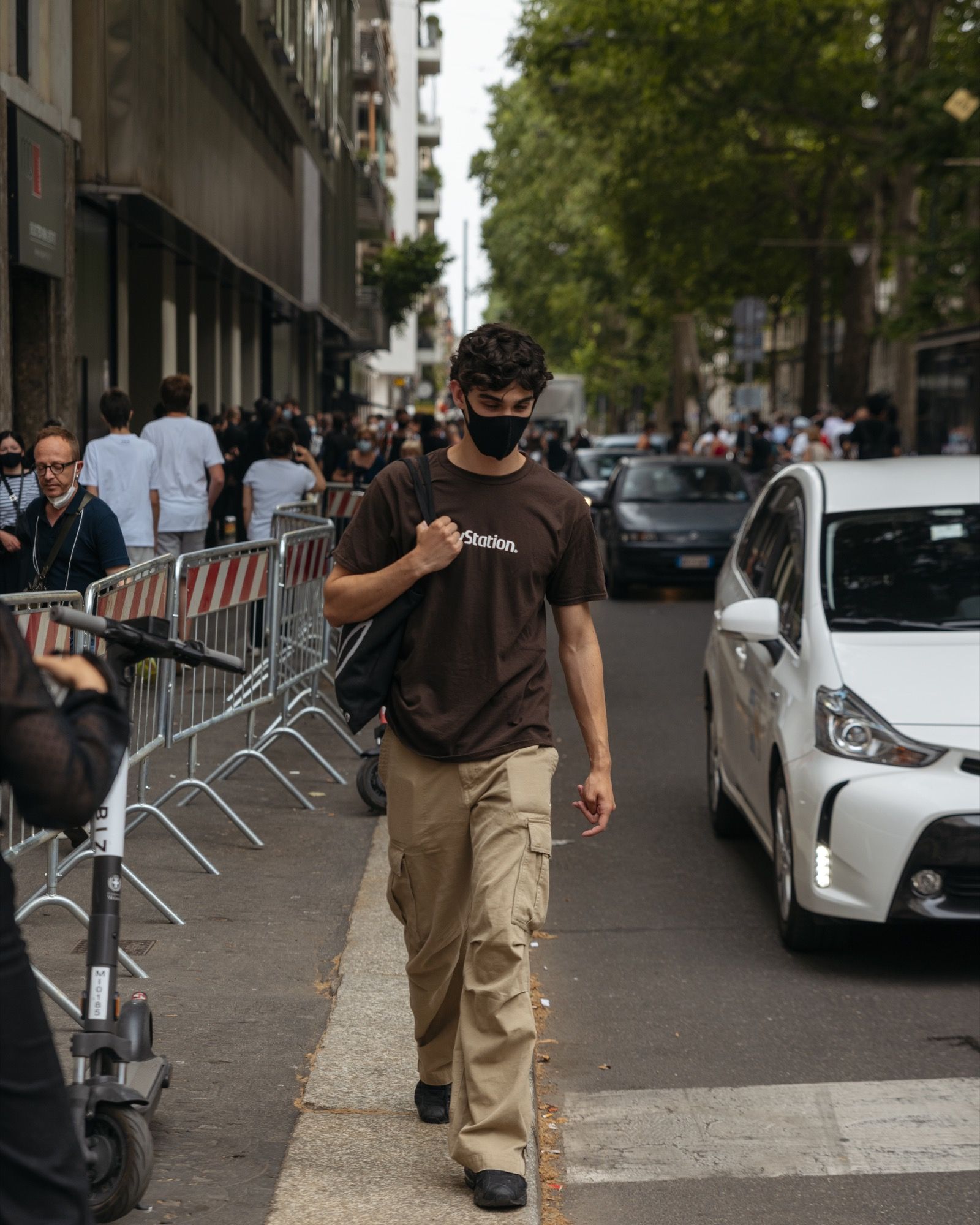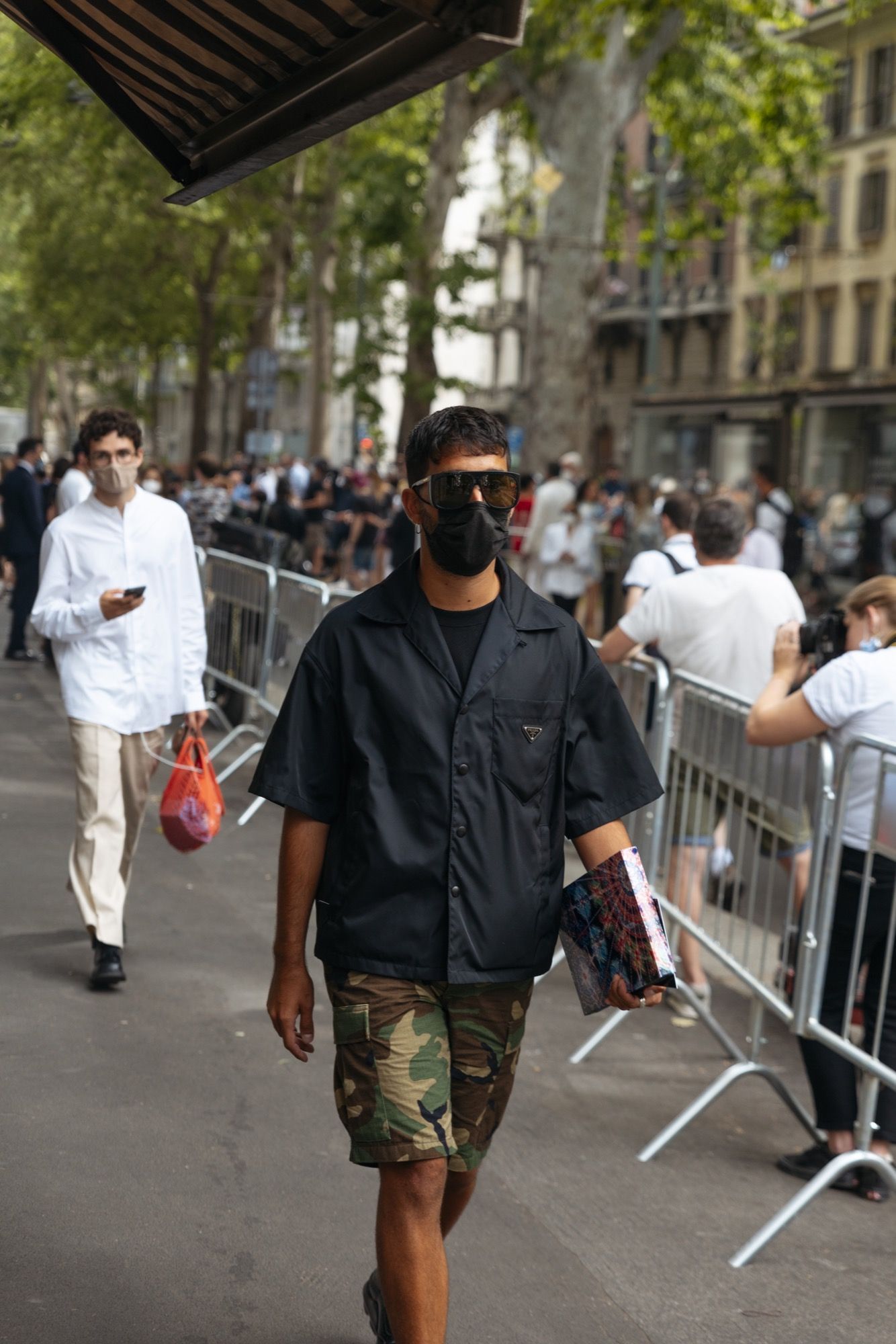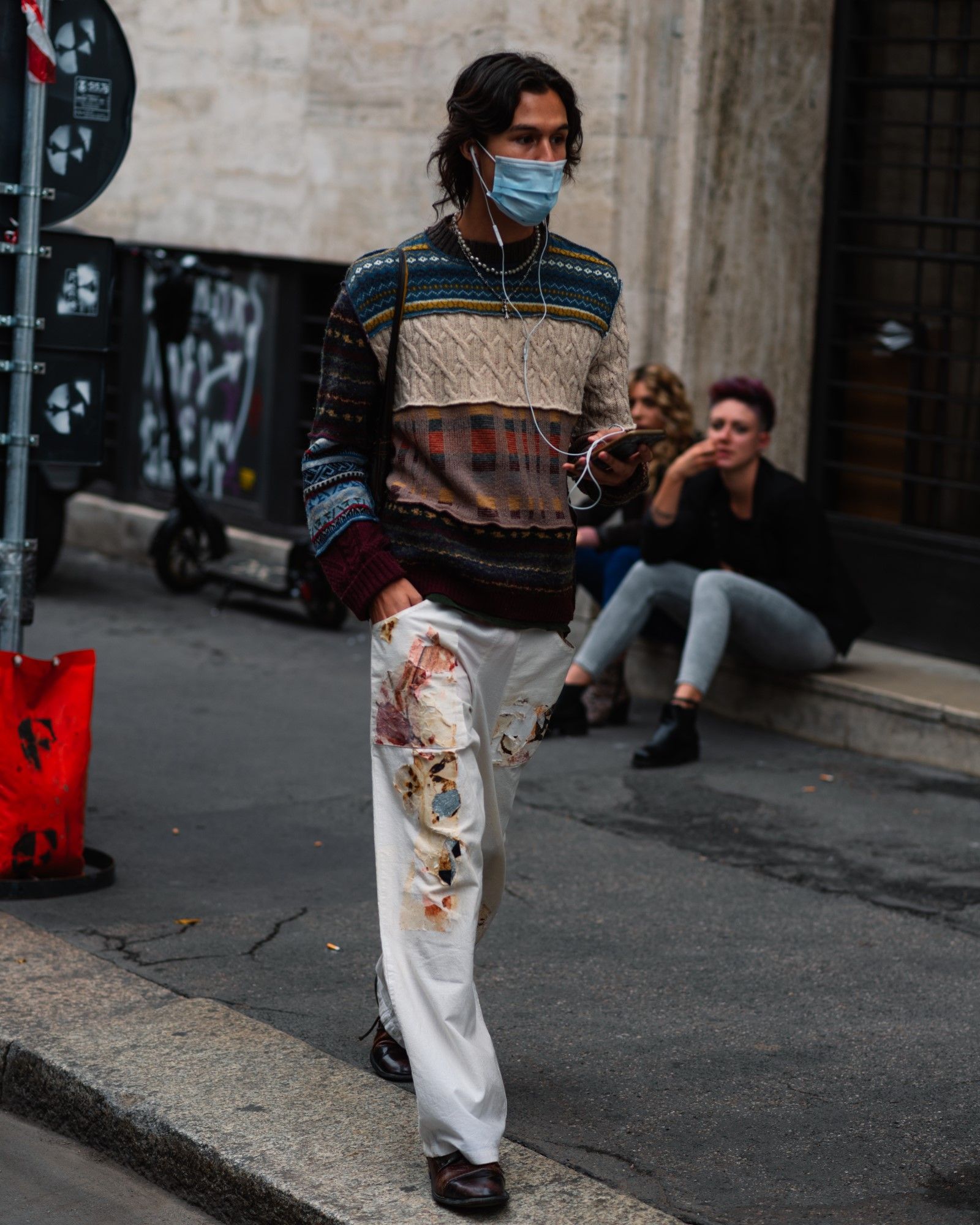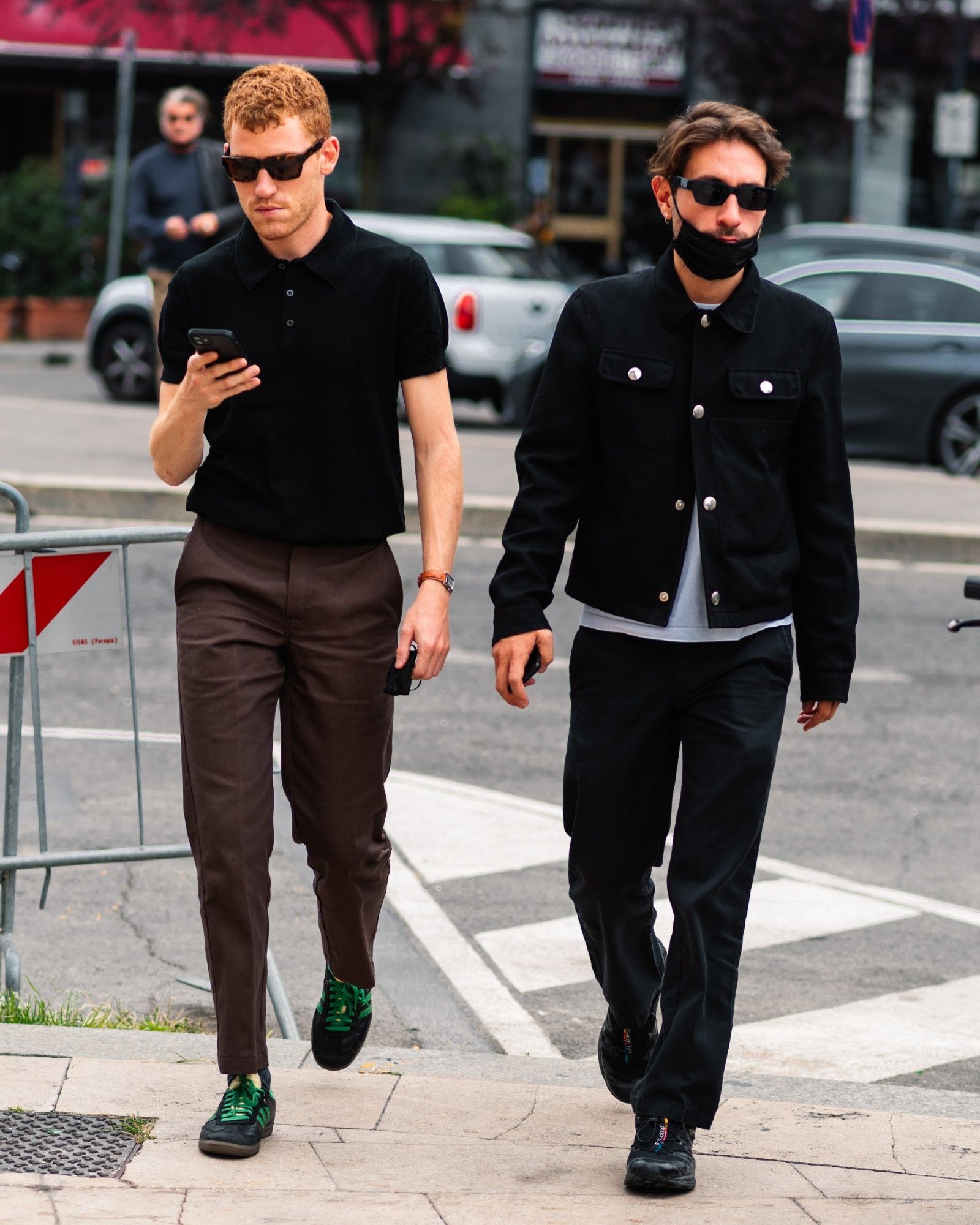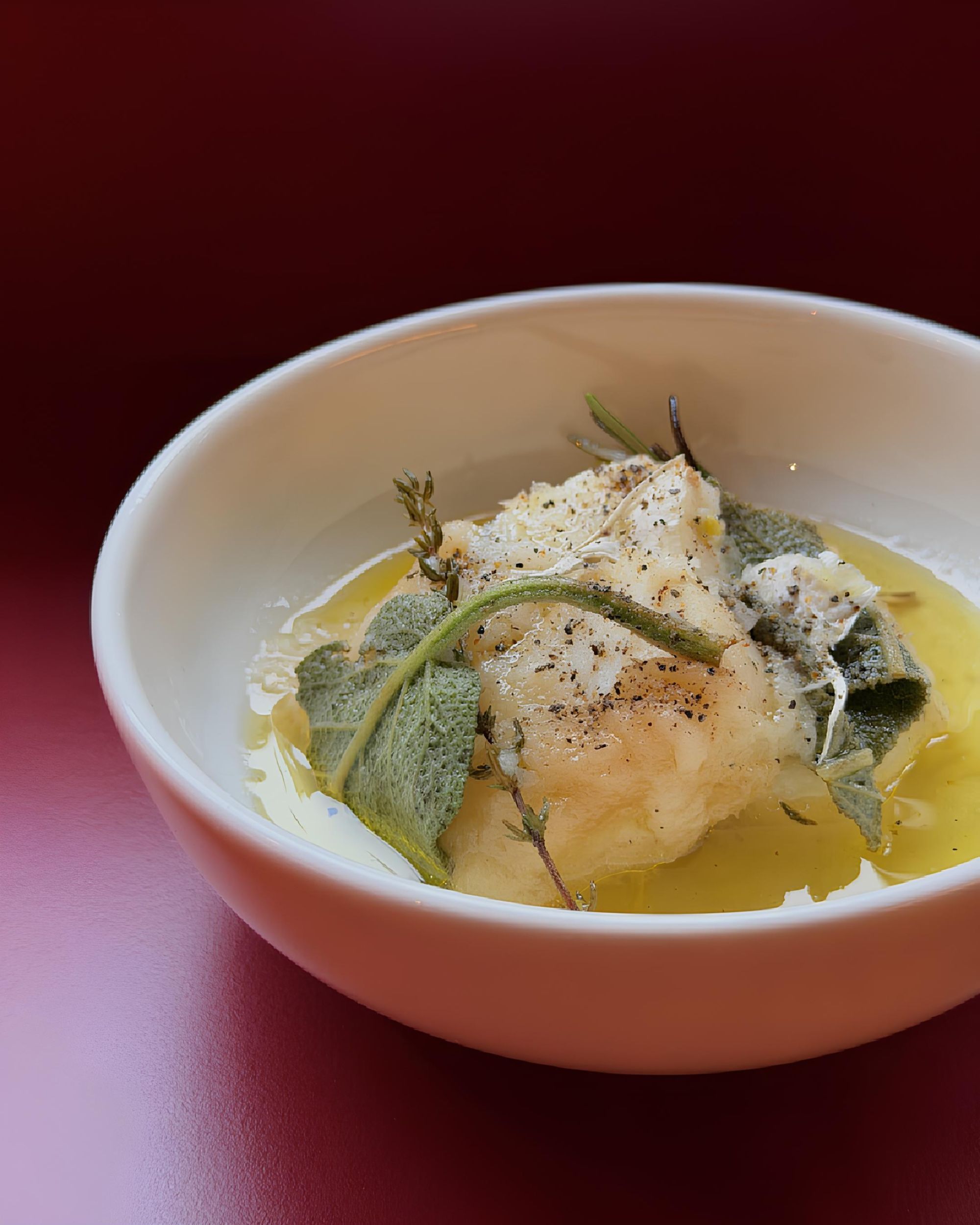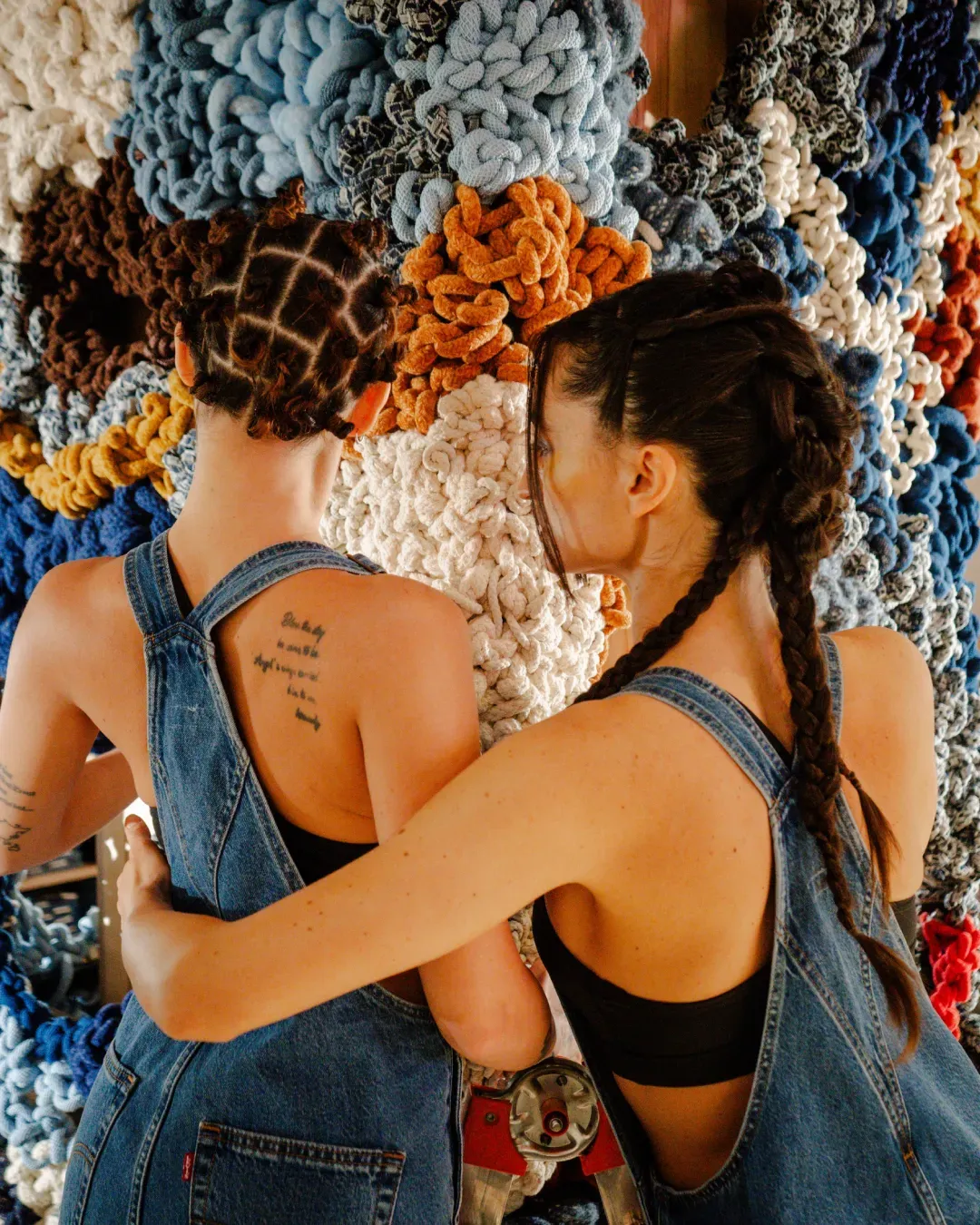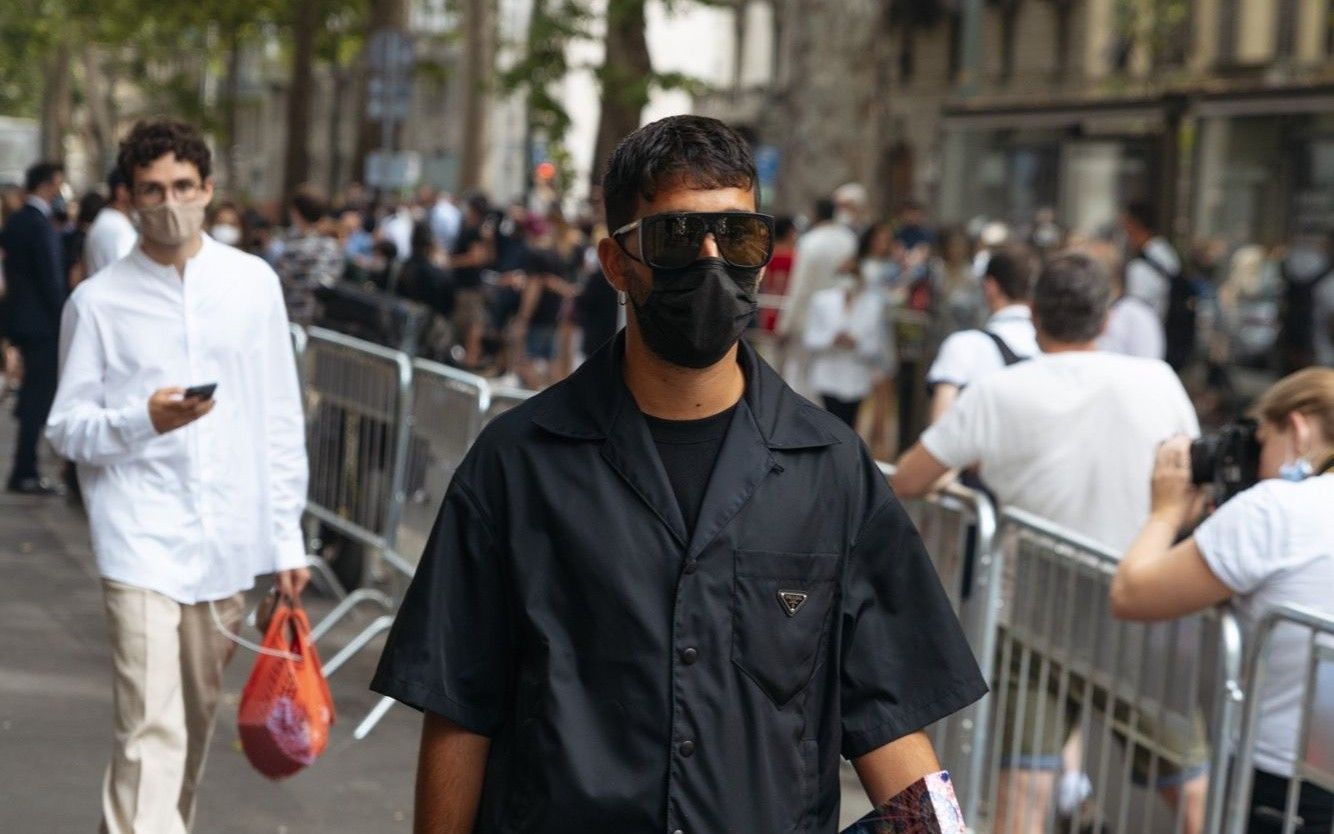
It feels like in Milan the lockdown has returned How the social virus affects city life
When a few days ago, a short distance from the start of Milan Fashion Week Men's, Giorgio Armani announced that he would cancel his physical shows, all the insiders of the industry felt an unpleasant sense of dejà vu. Armani was the first to cancel his shows at the beginning of the first pandemic wave, and he still remained in the collective memory as the most prudent designer of all – and again this year the cancellation of his show led to a domino effect, more contained than two years ago, which saw many physical appointments disappear from the city's calendar in what seems like a remake of the fashion week / videofestival of the two-year period just ended. But the sense of dejà vu does not stop at fashion week alone: already on New Year's Eve restaurants and bars had lost 30% of their income; according to La Repubblica, attendance on public transport fell by 26% in a month while other estimates 10% of the city's activities remained closed after the holidays. According to Arianna Censi, Councillor for Mobility, this is due to the «contagion curve of this period: to the count of the sick you have to add those who are isolating and working from remote». Also in La Repubblica, the Omicron variant has been defined as a "social virus", which is less dangerous, but remains so contagious as to effectively block the functioning of society, with many asymptomatic and not closed at home and a sense of discomfort that discourages consumption and strong slowdowns in services.
In previous articles in which nss magazine had described the situation of the city during the various phases of the pandemic, it was emphasized that the balance of the Milanese ecosystem was based on the synergy of commercial, cultural and social activities – as can be read in the digital cover of nss magazine Milano Interrupted: «The model that has driven the growth of Milan is based on the physical connection between people and spaces, between public institutions and brands. From aperitifs to clubs, through events, brunches and chats, Milan has based its growth on the intersection of ideas, projects and visions». A process that however stops working if the city empties, if its workers are far away or count the days of isolation at home after going to a dinner with friends, if the city nightlife turns off and its activities migrate to a delocalized digital world. Today, of course, things are different from 2020: in the case of fashion week, for example, the Chamber of Fashion has decided to move forward, sure that the contagion curve is manageable, that a functioning control system exists. It is this kind of trust that signals progress from the past. To date, there are still many Milanese brands that trust in the safety of health measures and continue with physical shows – both heavyweights such as Prada, 1017 Alyx 9SM, Fendi and Dolce & Gabbana, and the indie virtuosos of the local scene such as Magliano, Federico Cina and Jordanluca.
The ball, however, still remains in the center and the game will be replayed at the end of February, with the women's fashion week that, hopefully, will take place in quieter times and above all will put into practice the more practical Co-Ed format. But above all, as far as the Milanese universe that exists beyond fashion is concerned, we must remove that «cloak of fear and uncertainty», as defined by Carlo Massoletti, vice president of Confcommercio Lombardia, also applying «consolidated and widespread security measures» for a resumption of that virtuous cycle that transformed the human sociality of Milan into fuel for economic and cultural activities and gave it that role as a European and world city and has made it an example for Italy and Europe over the decades.










































